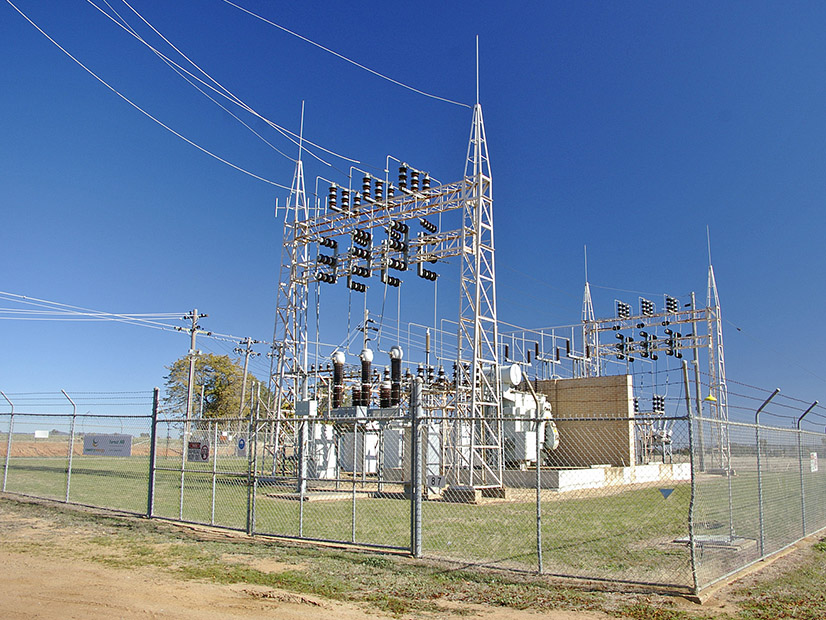
The developer of software that makes the electric grid more reliable and efficient received a $250,000 grant from the Massachusetts Clean Energy Center (CEC)
to begin planning for its deployment in the Northeast.
The support software, developed by NewGrid in Somerville, Mass., maps ways to reroute power on the grid to mitigate congestion and move more power.
As more renewables come online in New England, such as offshore wind, more transmission infrastructure is needed to move the electricity to demand centers. But until those transmission lines and electrical substations are built, congestion on the grid is handled like tolls on a highway — users pay a higher cost for electricity.
However, NewGrid’s software technology analyzes existing infrastructure to provide options that reconfigure a new pathway for the electricity.
“We make the old grid look like a new grid every time,” Pablo Ruiz, co-founder, CEO and chief technology officer of NewGrid, told NetZero Insider.
Ruiz predicts the support software could move 40% more power on the ISO-NE grid.
He originally developed the technology at Boston University, where he is a professor of mechanical engineering, with funding from the U.S. Department of Energy’s ARPA-E and additional support from Mass CEC.
NewGrid was one of 23 companies to receive a grant from Mass CEC, with over $2.6 million in funding to support innovation in clean energy research.
Before the technology is deployed on the ISO-NE grid, Ruiz said he will work with the organization to hone the technology.
“Each regional operator will have different needs,” he said. But the end result will allow grid operators to “take advantage of the flexibility they already have,” instead of relying entirely on building new transmission infrastructure, Ruiz said.
Advancements in computational technology over the last few years can adapt and optimize the grid to be a “flexible and agile resource,” Ruiz said.
Grid operators would have more of a supervising role, while the software provides options for rerouting electricity in the same way a GPS app provides options to drivers.
The software is useful “not only in real time but in planning for weeks or even months ahead” to help grid operators avoid or deal with outages, Ruiz said.
ERCOT uses a similar technology, and NewGrid is already working with National Grid in the U.K. to deploy the software.
ISO-NE said in a statement to NetZero Insider that it is looking forward to investigating how the new technology can help mitigate the challenges of integrating renewable energy resources by automating some procedures that are now manual.
“The potential for efficiency could benefit the region, especially as more wind and solar resources are integrated onto the grid,” an ISO-NE spokesperson said.
NewGrid’s technology will help grid engineers “improve the decisions they make and the speed at which they make those decisions,” Ruiz said.

